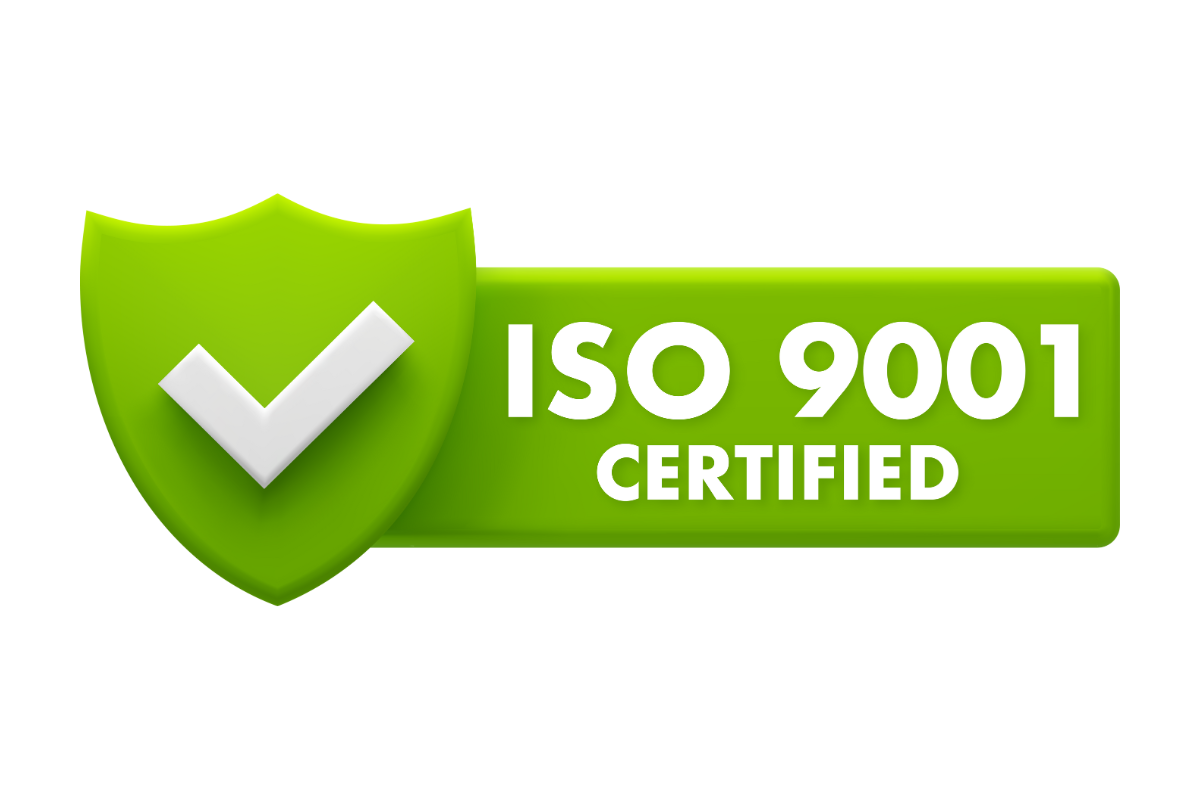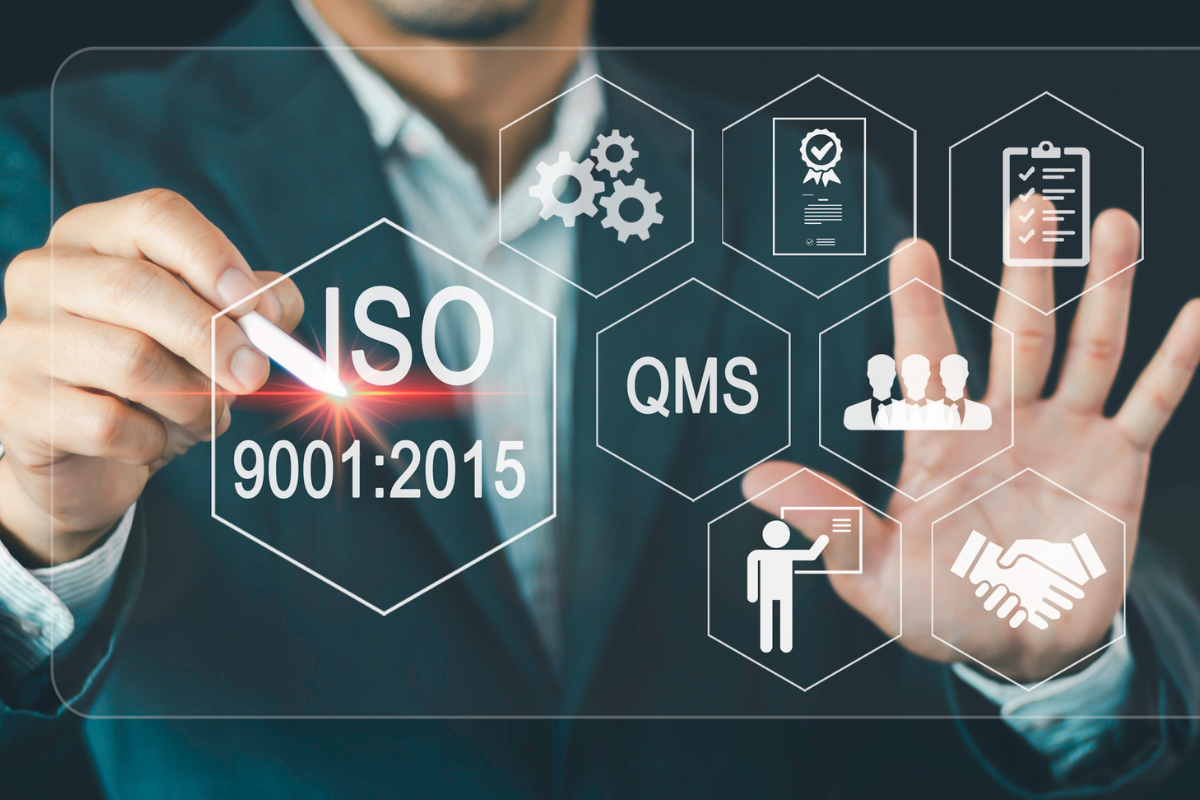Everything You Need to Know About ISO 9001 Certification

For organisations committed to quality assurance, efficiency, and continuous improvement, ISO 9001 is the most widely recognised quality management system (QMS) standard.
Whether you’re aiming to enhance customer satisfaction, meet regulatory obligations, or improve operational processes, ISO 9001 certification provides a structured framework to achieve these goals.
This guide explores ISO 9001:2015, how businesses can meet ISO 9001 requirements, and why ISO 9001 certification in Australia is a valuable asset for any organisation. If you want to achieve this compliance standard for your business, contact Your Safety Partners.
What is ISO 9001?
ISO 9001 is an internationally recognised quality management standard that helps businesses establish, implement, and maintain efficient, consistent, and customer-focused operations.
The current version, ISO 9001:2015, places greater emphasis on risk-based thinking, leadership involvement, and continuous process improvement. It is applicable to businesses of all sizes and industries, ensuring customer satisfaction, compliance, and operational excellence.
Why is ISO 9001 certification important?
Becoming ISO 9001 certified benefits businesses in several ways:
- Standardised processes to improve product and service consistency.
- Many industries require suppliers to hold ISO 9001 accreditation to ensure high standards.
- Reduces waste, streamlines workflows, and enhances productivity.
- Helps businesses identify and mitigate risks before they impact operations.
- Ensures a commitment to delivering high-quality products and services.
- Aligns with Australian industry standards, helping businesses meet legal requirements.
For businesses in ISO 9001 Australia, achieving certification demonstrates a commitment to excellence and opens new market opportunities.
ISO 9001:2015 vs. previous versions
The ISO 9001:2015 standard introduced several updates from earlier versions, delivering a more flexible and risk-based approach to quality management.
| Key Change | ISO 9001:2008 | ISO 9001:2015 |
|---|---|---|
| Risk-Based Thinking | Not a major focus | Integrated into the entire QMS |
| Process Approach | Recommended | Mandatory |
| Leadership Involvement | Limited role | Strong engagement required |
| Documentation Requirements | Prescriptive | Flexible and aligned to business needs |
If your organisation is still following the ISO 9001:2008 standard, transitioning to ISO 9001:2015 is essential to remain compliant.

How does ISO 9001 compare to similar standards?
Many organisations choose to integrate ISO 9001 with other management system standards for a more comprehensive approach.
| Standard | Focus | Can Integrate With |
|---|---|---|
| ISO 9001 | Quality Management | ISO 14001, ISO 45001, ISO 27001 |
| ISO 14001 | Environmental Management | ISO 9001, ISO 45001 |
| ISO 45001 | Occupational Health & Safety | ISO 9001, ISO 14001 |
| ISO 27001 | Information Security | ISO 9001, ISO 22301 |
For businesses with multiple compliance needs, integrating ISO 9001 with standards like ISO 14001 (environmental management) or ISO 45001 (workplace safety) can provide even greater efficiency and risk reduction.
How to achieve ISO 9001 certification
Obtaining ISO 9001 certification Australia requires businesses to demonstrate compliance with the ISO 9001 standards through a structured implementation process.
- Step 1: Understand ISO 9001 requirements
Familiarise yourself with ISO 9001 meaning and principles by attending ISO 9001 training or consulting an expert. - Step 2: Conduct a gap analysis
Assess your current processes against ISO 9001 certification requirements to identify areas needing improvement. - Step 3: Develop a quality management system (QMS)
Define policies, procedures, and controls that align with ISO 9001 accreditation standards. - Step 4: Train your team
Ensure all employees understand their role in meeting ISO 9001 standards through structured ISO 9001 training courses. - Step 5: Implement and monitor the QMS
Apply the ISO 9001 quality management system, track key performance indicators (KPIs), and make necessary adjustments. - Step 6: Conduct an internal audit
Use an ISO 9001 checklist to review processes before applying for ISO 9001 certification. - Step 7: Apply for certification
Hire an ISO 9001 consultant or accredited certification body to perform an external audit. Successful businesses receive ISO 9001 certification for a three-year cycle with annual surveillance audits.
ISO 9001 checklist
When preparing for ISO 9001 certification, businesses must ensure compliance in several key areas:
- ✔️ Leadership commitment – Are senior managers actively involved in quality management?
- ✔️ Process control and improvement – Are workflows standardised and regularly reviewed?
- ✔️ Customer satisfaction – Are complaints, feedback, and expectations documented and addressed?
- ✔️ Risk-based thinking – Is risk assessment integrated into business decision-making?
- ✔️ Employee engagement and training – Are staff trained to meet ISO 9001 quality management system standards?
- ✔️ Performance monitoring and audits – Are key metrics tracked to assess process effectiveness?
This ISO 9001 audit checklist helps businesses deliver compliance before external audits take place.

Who needs ISO 9001 certification?
ISO 9001 certification is beneficial across a range of industries:
- Manufacturing and engineering – Makes certain of quality control in production and supply chains.
- Construction and infrastructure – Standardises processes for project management and contractor oversight.
- Healthcare and medical devices – Helps maintain compliance with safety and patient care standards.
- Retail and e-Commerce – Ensures consistent product quality and customer satisfaction.
- Professional services – Streamlines internal operations, document management, and service delivery.
For businesses aiming to strengthen operational efficiency, customer trust, and market reputation, ISO 9001 certification Australia is a valuable investment.
ISO 9001 training and consultant support
For businesses unfamiliar with ISO 9001 requirements, investing in ISO 9001 training courses or hiring an ISO 9001 consultant can simplify the certification process. These services provide:
- Guidance on ISO 9001 meaning and implementation strategies
- Support in developing and maintaining an ISO 9001 quality management system
- Assistance in preparing for an ISO 9001 audit checklist
- Internal auditing and compliance assessments before external certification
Engaging expert support ensures a smooth certification process and long-term compliance with ISO 9001 standards.
How Your Safety Partners can assist with ISO 9001 certification
The ISO 9001 standard is a powerful tool for businesses seeking operational excellence, customer satisfaction, and compliance. Achieving ISO 9001 certification Australia signals a commitment to quality management, continuous improvement, and regulatory alignment.
Whether you’re looking to enhance efficiency, reduce risks, or strengthen your competitive position, becoming ISO 9001 certified is a step toward long-term business success.
For organisations preparing for ISO 9001 accreditation, following an ISO 9001 checklist, engaging in ISO 9001 training, and consulting an ISO 9001 consultant like Your Safety Partners can help you achieve full compliance.
